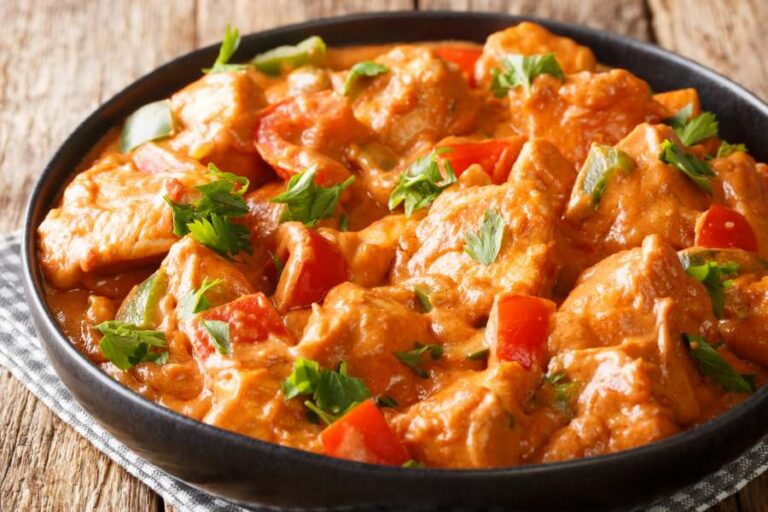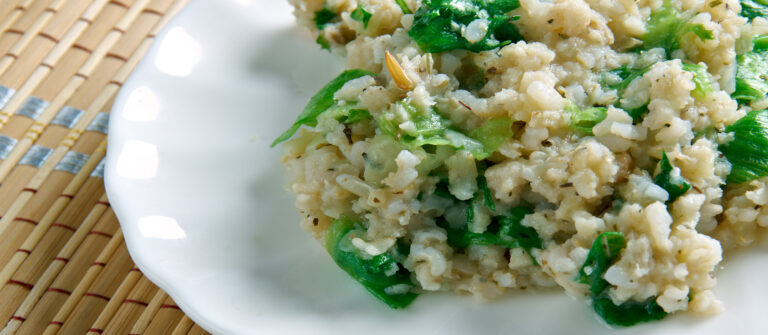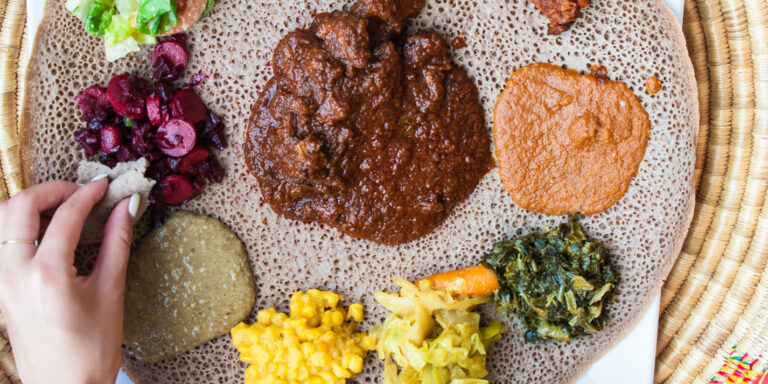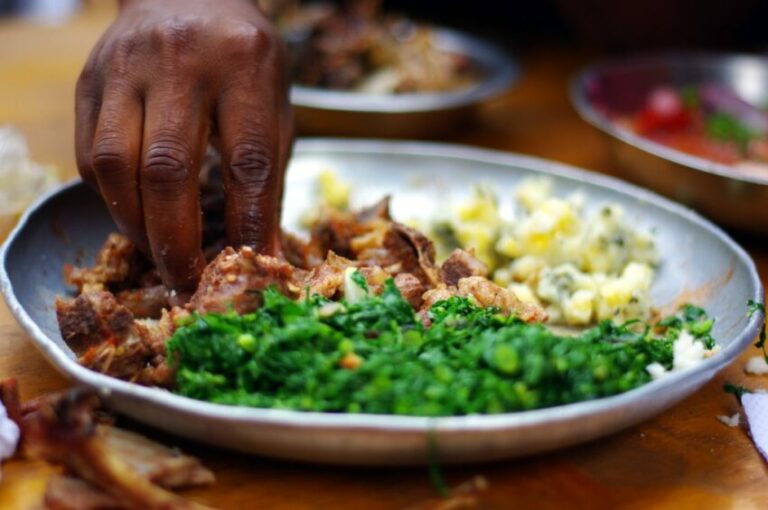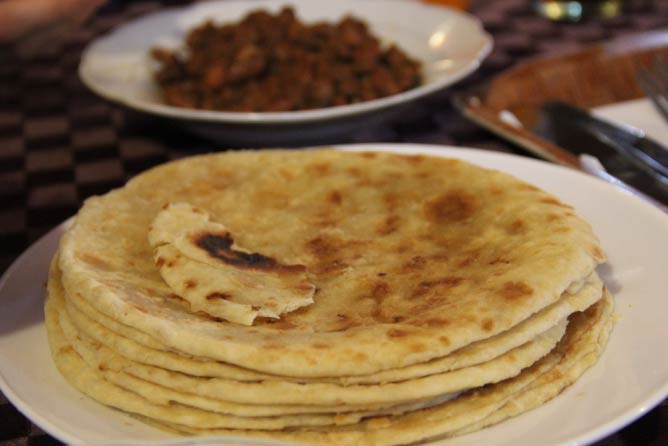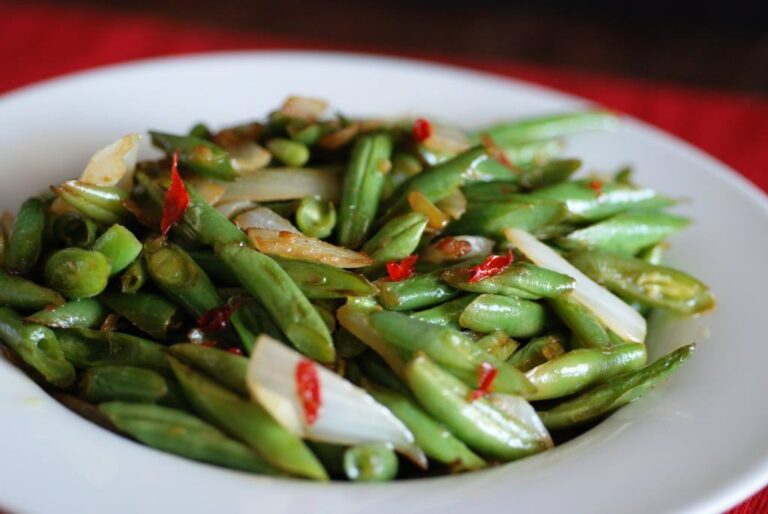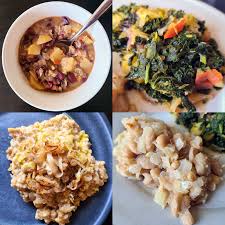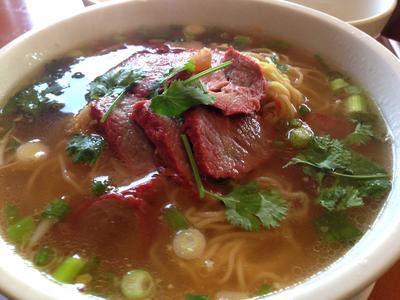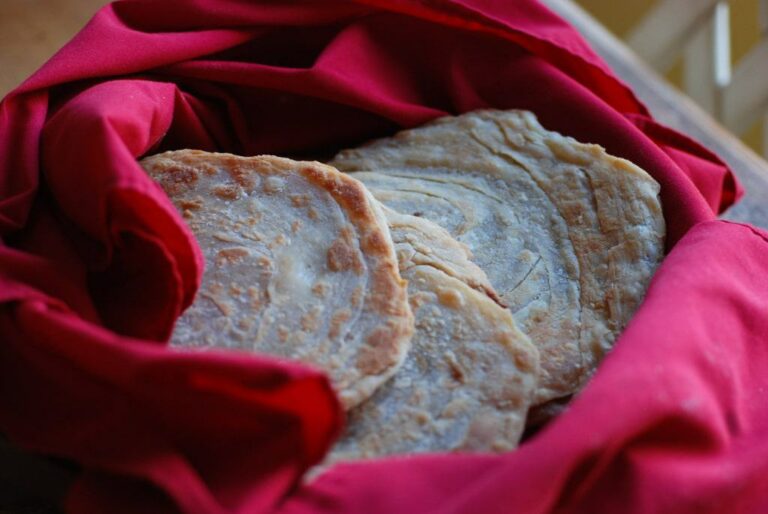Introduction: Discovering Burkina Faso’s Street Foods
Burkina Faso, a West African country, is known for its unique culture, beautiful landscapes, and mouth-watering street foods. The country’s street food scene is diverse, and the locals take pride in their traditional recipes passed down from one generation to another. In Burkina Faso, street food is not only a way of satisfying hunger but also a way of experiencing the local culture.
Beef Skewers: A Tasty and Filling Snack
One of Burkina Faso’s popular street foods is Beef Skewers. Beef Skewers, known as Brochettes in French, are grilled chunks of beef marinated in a spicy sauce and served with onions and tomatoes. The beef skewers are a popular snack or meal, and they are sold by street vendors throughout the country. The locals enjoy beef skewers as a snack on their way to work or as a meal with a side of rice or Tô.
Beignets: Delicious Fried Dough Balls
Beignets are delicious fried dough balls that are a popular street food in Burkina Faso. The dough is made with flour, sugar, yeast, and water. The dough is then fried until golden brown and served with a sprinkle of powdered sugar. Beignets are a perfect snack for breakfast, lunch, or as a dessert. They are sold by street vendors and are a common sight in the local markets.
Tô: The Staple Food of Burkina Faso
Tô is a staple food in Burkina Faso and is made from corn, millet, or sorghum flour. The flour is mixed with water and cooked over low heat until it forms a dough. The dough is then rolled into small balls and served with a soup or sauce. Tô is a popular street food and is sold by vendors in small wooden bowls. The locals eat Tô with their hands, and it is often served with beef, chicken, or vegetables.
Bouillie: A Sweet and Creamy Porridge
Bouillie is a sweet and creamy porridge made from cornmeal, milk, and sugar. The porridge is cooked over low heat until it thickens, and it is served hot or cold. Bouillie is a popular breakfast food in Burkina Faso, and it is sold by street vendors early in the morning. The locals enjoy Bouillie with a side of bread or sweet potatoes.
Kossam: A Sandwich with a Twist
Kossam is a sandwich with a twist, and it is a popular street food in Burkina Faso. The sandwich is made with a French baguette filled with grilled beef, onions, and spicy sauce. Kossam is a quick and filling meal, and it is perfect for lunch on the go.
Riz gras: A Flavorful Rice Dish
Riz gras is a flavorful rice dish that is a popular street food in Burkina Faso. The dish is made with rice, vegetables, and meat. The rice is cooked with a blend of spices, and the vegetables and meat are added for flavor. Riz gras is a satisfying meal, and it is often served with a side of Tô.
Street Drinks: Refreshing Beverages to Quench Your Thirst
Burkina Faso has a variety of refreshing street drinks to quench your thirst. One of the most popular drinks is Bissap, a sweet and tangy drink made from hibiscus flowers and sugar. Bissap is a refreshing drink that is perfect for hot days. Another popular drink is Ginger Juice, a spicy and sweet drink made from ginger, lemon, and sugar. Ginger juice is a natural energy drink that is perfect for a quick pick-me-up. In addition, fresh fruit juices and smoothies are readily available in the local markets.
In conclusion, Burkina Faso’s street food scene is full of unique and tasty treats that are worth exploring. From Beef Skewers to Bouillie, the locals take pride in their traditional recipes and always ensure that their street food is served with a smile. So, the next time you find yourself in Burkina Faso, make sure to try some of the delicious street foods and drinks that the country has to offer.

